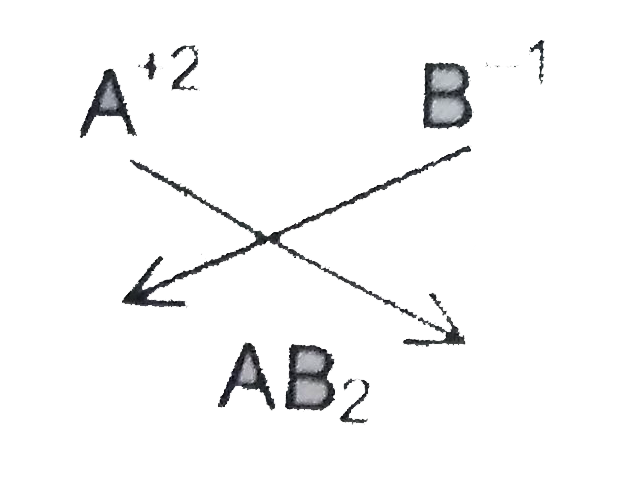The formula of a compound when a positive radical with valency 2 and negative radical with valency 1 combine is _______ .
AB
The correct Answer is:3
Topper's Solved these Questions
- BOOK - PEARSON IIT JEE FOUNDATIONCHAPTER - ATOMIC STRUCTURE AND TRANSFORMATION OF MATTEREXERCISE - VERY SHORT - ANSWER TYPE QUESTIONS20videos
ATOMIC STRUCTURE AND TRANSFORMATION OF MATTER
- BOOK - PEARSON IIT JEE FOUNDATIONCHAPTER - ATOMIC STRUCTURE AND TRANSFORMATION OF MATTEREXERCISE - SHORT - ANSWER TYPE QUESTIONS20videos
ATOMIC STRUCTURE AND TRANSFORMATION OF MATTER
- BOOK - PEARSON IIT JEE FOUNDATIONCHAPTER - ATOMIC STRUCTURE AND TRANSFORMATION OF MATTEREXERCISE - Assessment Test 215videos
ATOMIC STRUCTURE AND TRANSFORMATION OF MATTER
- BOOK - PEARSON IIT JEE FOUNDATIONCHAPTER - AIR AND OXYGENEXERCISE - Assemssment Test-215videos
AIR AND OXYGEN
- BOOK - PEARSON IIT JEE FOUNDATIONCHAPTER - CHEMISTRY IN DAILY LIFEEXERCISE - MOCK TEST25videos
CHEMISTRY IN DAILY LIFE
Similar Questions
Knowledge Check
- Question 1 - Select One
The formula of a compound when a positive radical with valency 2 and negative radical with valency 1 combine is _______ .
AB2ABA2BCAB2DAB - Question 2 - Select One
The valency of the carbonate radical is
A1B2C3D4 - Question 3 - Select One
The valency of sulphate radical is equal to the valency of
Aphosphate radicalBhydrogen phosphate radicalCdihydrogen phosphate radicalDphosphide radical
Define radical . Give some examples of bivalent negative radicals.
View SolutionThe valency of carbonate radical is similar to
View SolutionWhich is a negative a radical among the following ?
View SolutionWhich is a negative a radical among the following ?
View SolutionThe knowledge of valencies of various radicals helps us to write the formulae of chemical compounds. The total positive charge on positive ions ( cations ) is equal to the total negative charge on negative ions ( anions) in a molecule. Therefore, in writing the formula of a compound, the positive and negative ions are adjusted in such a way that the total number of positive charges of positive ions ( cations ) becomes equal to the total number of negative charges of negative ions ( anions) . There is another simple method for writing the formulae of ionic compounds. In this method, the valencies ( or positive or negative charges ) of the ions can be 'crossed over' to give subscripts. The purpose of crossing over of charges is to find the number of ions required to equalise the number of positive and negative charges.
Chlorine reacts with sodium to form the compound NaCl. Chlorine also reacts with phosphorus to form the compound PCl3. What will be the chemical formula of the compound formed between sodium and phosphorus ?View Solution


